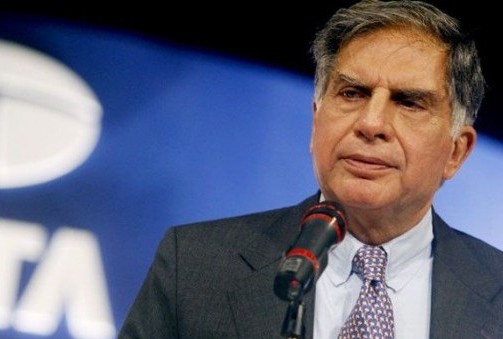CSR: Philanthropy In Asia Has Rich Potential
Related Articles
CSR News: Kotak Mahindra Bank Supports Advanced Diagnostic Facility at SMIMER Hospital, Surat
Surat, India: Kotak Mahindra Bank Limited, under its CSR initiative, has extended support to the Surat Municipal Institute of Medical Education and Research (SMIMER)...
CSR Collaboration with NIT Raipur to Support Women in STEM
Raipur, India: In a significant move toward building a more inclusive and future-ready engineering ecosystem, Runaya has entered into a strategic partnership with the...
Cancer Treatment: कैंसर इलाज में क्रांति ला सकता है नया AI Cancer Tool ‘AA-Net’, हर कोशिका की पहचान कर सकेगा सटीक उपचार
Cancer Treatment जंग में एआई बना नया हथियार, इलाज में आएगा क्रांतिकारी बदलाव
कैंसर जैसी जानलेवा बीमारी के इलाज में अब आर्टिफिशियल इंटेलिजेंस (AI) बड़ी...


